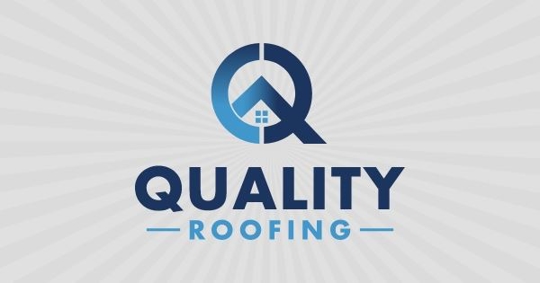Your home’s floor plan determines what type of roof sits atop the house. For instance, a box-shaped house may require a simple roof with two sides. A two-story, L-shaped house calls for a multi-layered roof that is connected in sections. Naturally, a more complex roof installation takes more skills, effort, and money to build.
Did you know that a complex roof design costs more to insure? Homeowners’ insurance rates can climb significantly if your roof has multiple sections, or if you have a two-story house. There are several reasons why the insurance company may require more coverage, or in other words, higher rates for your roof. Let’s take a closer look below at how your roof shape affects your insurance premium.
An Overview of Residential Roof Types
To understand how your roof affects your insurance premium, it is first important to understand the type of roof on your house. Some of the most common roof installation designs include:
Gable
A gable roof is one of the simplest roof designs in homes. The roof consists of two sides that form an ‘A’ or triangle shape. Both sides have a steep pitch and cover the entire house from front to back or side to side.
Hip
The hip design is similar to the gable design but has four sides instead of two. All four sides create a square or rectangle shape and have a steep slope. If a section of the house is connected to another section, the roof may only have three sides.
Cross-Hip/Cross Gable
Also known as an L-shaped roof, a cross-hip or cross-gabled roof combines two roof sections. One section is longer than the other, which is what gives it an L-shape. A single house can contain multiple cross-style roof systems.
Flat
A flat roof is either level or slightly sloped to allow water runoff. While flat roofs are largely used in commercial structures, they can also be installed on homes. A flat roof is typically reinforced with a supporting framework to keep it from caving in.
Shed
A shed roof is similar to a flat roof but has a steeper pitch. Some shed roofs come in a single section that spans the entire home. Roofers also use shed roofs in combination with other roof designs.
Gambrel
A gambrel roof is a symmetrical two-sided roof with two slopes on each side. The upper slope is positioned at a shallow angle, while the lower slope is steep. This design is used on barns but also works with homes. Gambrel roofs are popular because they provide more attic space.
Mansard
A mansard roof is a four-sided gambrel-style hip roof with two slopes on each side. It consists of a lower slope with a dormer roof that has a steep angle. Mansard roofs are common in multi-story houses or multi-family structures, such as apartments or condos.
Roof Design and Insurance Premiums
Installing the right roof system is always an issue in Florida due to the constant threat of hurricanes in the region. No one is more concerned about your roof design than your insurer. Why? Because if your roof cannot withstand 175 mph wind speeds, it is likely to rip off or sustain heavy damage in a Category 2 or higher hurricane. As a result, the insurer has to pay out thousands of dollars to compensate you for a professional roof repair.
The more complex your roof design is, the more vulnerable the roof is to damage. Therefore, the insurance company may raise your rates due to higher liability and risk. This leads to the following questions: Which designs are most vulnerable to wear and tear or hurricane damage? Which roofs hold well in Florida weather?
Best Roof Design: Hip Roof
The best roof design for hurricanes is the hip roof. This roof design will typically perform better in a windstorm due to its symmetrical shape, medium slope, and simple but sturdy structure. A hip roof can reduce your homeowner’s insurance premiums by up to 32 percent. However, hip roofs do have poor ventilation, which is also important in hurricane weather.
Worst Roof Design: Flat Roof
Flat roofs are easy to build and easy to clean. However, they suffer from poor drainage, debris buildup, and limited roofing materials. Flat roofs are also more likely to sustain heavy damage during a hurricane. For this reason, insurance companies are more likely to increase your insurance rates if you have a flat roof on your house.
Keep Your Insurance Premiums Low with Roof Maintenance
Regardless of what type of roof is on your house, you can be proactive in maintaining low insurance premiums by scheduling routine professional roof inspections and roof maintenance. A roof inspection may reveal small issues before turning into large problems that make your roof more vulnerable.
Ongoing roof maintenance can extend the life of your roofing system. It also helps you avoid costly roof repairs down the road. Make sure you keep records of all inspections and maintenance. You may need to recall them if your homeowner’s insurance claim is denied.
Schedule a Free Roof Inspection on the Coast
Quality Roofing offers premier roofing services for homeowners in Florida. To schedule a free roof inspection, call (850) 753-0041 or fill out the quick form on our contact page.
The post How Your Roof Shape Affects Your Insurance Premium appeared first on Quality Roofing Solutions.

